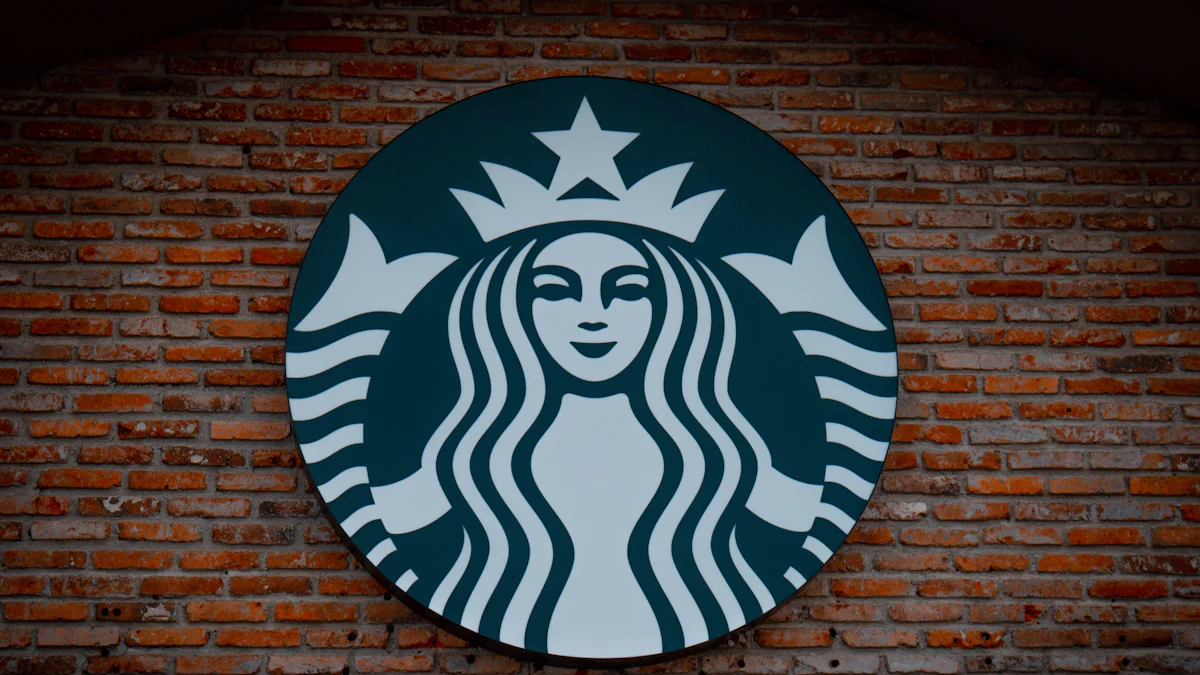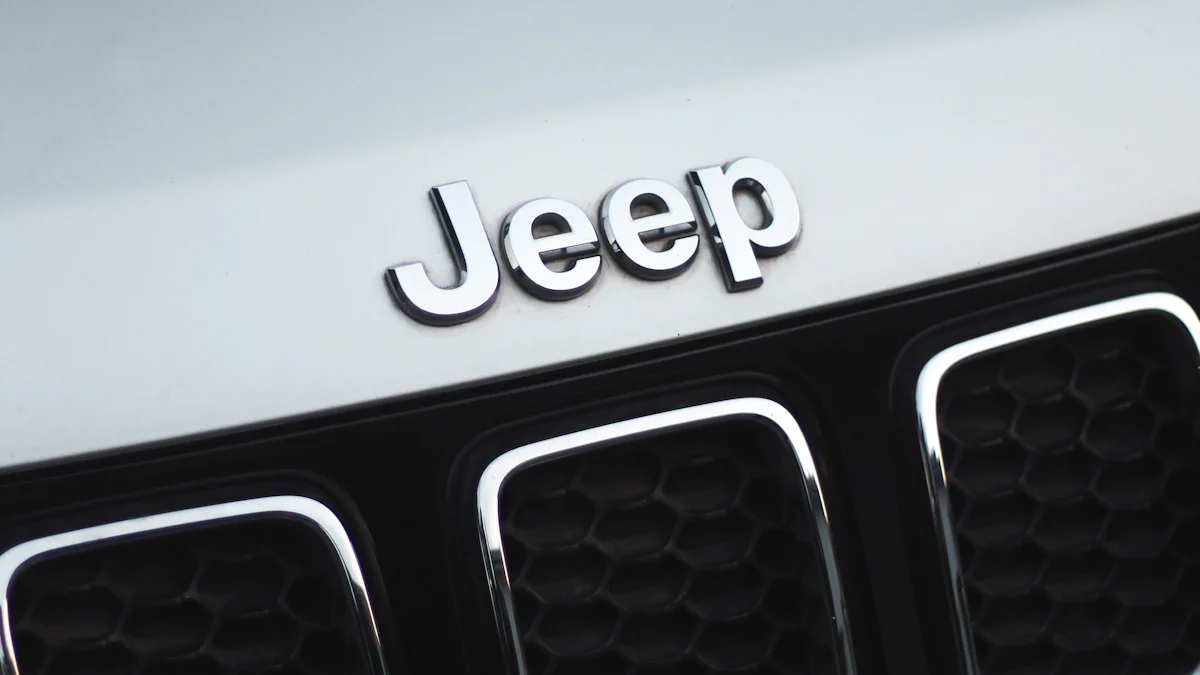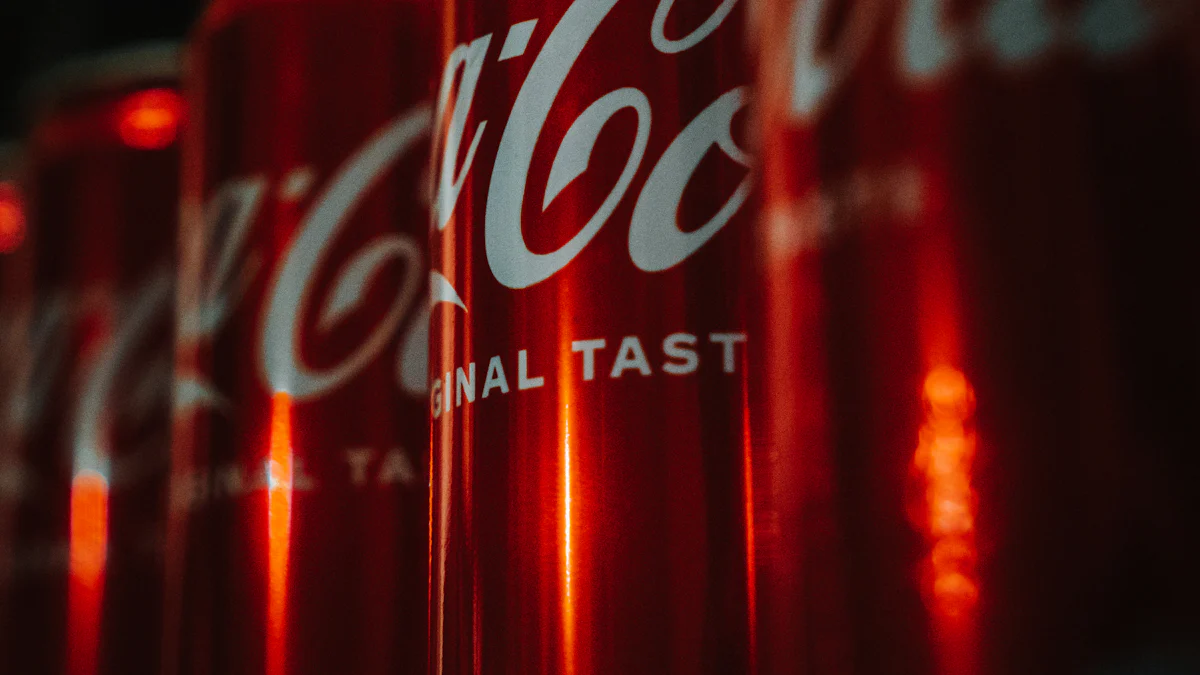
Logo design plays a crucial role in branding. The Adidas logo stands as a prime example of effective brand identity. Unique traits make logos memorable. The Adidas logo showcases simplicity and strength. Famous logo design often captivates audiences with distinct features. The Adidas logo uses bold lines and shapes. Brand Design.svg files help in creating versatile logos. The Adidas logo remains adaptable across various platforms. Brand Design.svg ensures consistency in digital formats. The Adidas logo continues to inspire designers worldwide.
The Evolution of Famous Logo Design

Historical Overview
Early Logo Designs
Early logo designs emerged as simple symbols. Artisans and merchants used these symbols to mark their products. These marks served as identifiers for quality and origin. Ancient Egyptians carved logos into pottery. Roman blacksmiths stamped logos on their metalwork. These early logos lacked color and complexity. Simplicity made them effective in their purpose. Recognition came from the shape and form. Early logos laid the foundation for modern branding.
Modern Logo Trends
Modern logo trends embrace minimalism. Designers focus on clean lines and bold shapes. Logos today often feature flat designs. Vibrant colors enhance visual appeal. The Amazon logo exemplifies this trend. The arrow in the Amazon logo suggests a smile. This design choice represents customer satisfaction. Current Graphic Design Trend emphasizes adaptability. Logos must work across various platforms. Versatility ensures brand consistency in digital spaces.
Technological Influence
Digital Transformation
Digital transformation revolutionized logo design. Technology introduced new tools for designers. Software programs enable intricate designs. Digital platforms require scalable logos. High-resolution graphics ensure clarity on screens. Designers create vector images for flexibility. Digital transformation allows for rapid iterations. Feedback loops improve design quality. The Amazon logo thrives in digital environments. Its simplicity and scalability make it effective online.
Impact of Social Media
Social media impacts logo visibility. Platforms like Instagram and Facebook showcase logos. Brands reach global audiences instantly. Social media demands recognizable logos. Users engage with brands through visuals. Logos become central to brand identity online. Viral trends influence logo popularity. The Amazon logo gains recognition through social sharing. Consistent branding strengthens customer loyalty. Social media amplifies logo impact worldwide.
Characteristics of Successful Logos
Simplicity and Versatility
Minimalist Designs
Minimalist designs capture attention effectively. Designers use clean lines and basic shapes. A minimalist approach ensures easy recognition. The Chanel logo exemplifies this principle. The interlocking C’s create a timeless emblem. Minimalism allows logos to remain memorable. Simple designs often convey powerful messages. The Chanel logo stands out in crowded markets.
Adaptability Across Platforms
Adaptability ensures logos maintain consistency. Logos must function on various platforms. Designers create scalable graphics for flexibility. The Chanel logo adapts seamlessly across media. Consistent branding builds trust with audiences. Logos must appear clear on small screens. Designers prioritize readability in all formats. The Chanel logo maintains its elegance everywhere.
Color Psychology
Emotional Impact of Colors
Colors evoke emotions in viewers. Warm colors often convey energy and excitement. Cool colors suggest calmness and trust. Brands choose colors based on desired feelings. The Chanel logo uses monochrome for sophistication. Black and white create a sense of luxury. Colors influence perceptions of brand identity.
Brand Identity Through Color
Color choices define brand identity. Consistent color usage strengthens recognition. The Chanel logo relies on classic hues. Monochrome enhances the brand’s elegance. Abstract Logo Marks often utilize vibrant colors. Unique color schemes differentiate brands. Consistency in color reinforces brand loyalty. The Chanel logo remains iconic through its palette.
Case Studies of Iconic Logos

Apple
Evolution of the Apple Logo
The Apple logo has undergone several transformations. The original design featured Isaac Newton under an apple tree. The current version displays a simple apple with a bite. Designers aimed for simplicity and elegance. The logo’s evolution reflects Apple’s innovation. The Apple logo now symbolizes creativity and technology. The design remains consistent across products. Apple maintains a strong brand identity through its logo.
Unique Traits and Brand Identity
Apple’s logo embodies the brand’s core values. Simplicity and sophistication define the design. The bitten apple represents knowledge and discovery. Apple products reflect these traits in their functionality. The logo’s monochrome palette enhances its timeless appeal. Apple uses the logo to convey quality and innovation. The brand’s identity aligns with the logo’s design principles. Apple continues to inspire designers worldwide.
Nike
The Story Behind the Swoosh
Carolyn Davidson designed the Nike swoosh. The American graphic designer created the logo in 1971. The swoosh symbolizes motion and speed. Nike’s name comes from the Greek goddess of victory. The logo captures the essence of athletic excellence. Carolyn Davidson’s design remains iconic in sports fashion. The swoosh has become synonymous with performance and style.
Global Recognition and Influence
Nike’s logo enjoys global recognition. The brand’s marketing strategy emphasizes the swoosh. David Ogilvy praised Nike’s effective branding efforts. The logo appears on sportswear and equipment worldwide. Nike’s influence extends beyond athletics. The swoosh represents determination and achievement. Nike inspires athletes and enthusiasts alike. The logo’s simplicity ensures its lasting impact.
Common Mistakes in Logo Design
Overcomplicating the Design
Lack of Clarity
Designers often create logos with too many elements. This approach leads to a lack of clarity. Clients struggle to understand the message. Famous logos like the Coca-Cola logo succeed through simplicity. Clever logos use minimal elements for maximum impact. A clear design ensures easy recognition.
Difficulties in Reproduction
Complex logos face reproduction challenges. Designers must consider various formats. Logos appear on everything from business cards to billboards. A complicated design loses detail in small sizes. Creative logos maintain integrity across all media. Fashion logo designs demonstrate adaptability.
Ignoring Brand Identity
Misalignment with Brand Values
A logo must reflect brand values. Misalignment confuses the audience. Famous logo design requires a deep understanding of the brand. Discover the hidden meanings within successful logos. The Coca-Cola logo design aligns perfectly with its brand identity. Clever art direction ensures consistency.
Inconsistency Across Media
Inconsistent logos weaken brand identity. Designers must ensure uniformity across platforms. Hidden messages in logos lose impact when inconsistent. Cool logos maintain their essence everywhere. A demo of a consistent logo builds trust. Image courtesy of famous brands shows the importance of consistency.
Future Trends in Logo Design
Emphasis on Sustainability
Eco-friendly Design Practices
Designers focus on eco-friendly practices in logo creation. Sustainable materials reduce environmental impact. Recycled paper and soy-based inks gain popularity. Designers choose digital formats to minimize waste. Cool logos reflect a commitment to the planet. Brands adopt green practices to attract conscious consumers. Eco-friendly designs enhance brand reputation. Companies showcase sustainability through their logos. Famous brands lead the way in green branding.
Consumer Demand for Green Branding
Consumers demand green branding from companies. Shoppers prefer brands with sustainable values. Cool logos communicate environmental responsibility. Green branding builds trust with eco-conscious audiences. Consumers seek transparency in brand practices. Fun fact: 70% of consumers consider sustainability when shopping. Brands respond by integrating eco-friendly elements. Logos play a key role in conveying green messages. Hidden meanings in logos often highlight sustainability.
Integration of Augmented Reality
Interactive Logos
Augmented reality transforms logos into interactive experiences. Users engage with brands through AR technology. Cool logos come to life with digital enhancements. Interactive logos create memorable brand interactions. Consumers explore products in new ways. Fun fact: AR increases consumer engagement by 30%. Brands use AR to showcase product features. Interactive logos enhance storytelling capabilities. Famous brands embrace AR for innovative marketing.
Enhanced User Experience
AR enhances user experience through immersive logos. Consumers enjoy personalized interactions with brands. Cool logos adapt to user preferences in real-time. AR offers unique opportunities for brand engagement. Users access information instantly through AR logos. Fun fact: 88% of marketers plan to use AR in campaigns. Enhanced experiences drive customer loyalty. Brands leverage AR to stand out in competitive markets. Hidden features in logos surprise and delight users.
Famous Logos FAQ
Common Questions
What Makes a Logo Famous?
A logo becomes famous through recognition and impact. Simplicity plays a key role in making logos memorable. The Coca-Cola logo stands as a prime example of global recognition. Consistency across all platforms ensures that audiences remember the design. A cool logo often contains hidden meanings or symbolism. These elements resonate with brand identity. The ability to evoke emotions and connect with consumers makes a logo iconic.
How Do Colors Affect Logo Perception?
Colors influence how people perceive logos. Warm colors like red and yellow create excitement and energy. Cool colors such as blue and green suggest calmness and trust. Brands use color psychology to align with their values. The Coca-Cola logo uses red to convey passion and energy. Consistent color usage strengthens brand identity. Fashion brands often choose unique color schemes to stand out. Colors play a crucial role in shaping consumer perceptions.
Unique traits make logos memorable. Famous logos like the Apple logo and BMW logo inspire admiration. Admired Companies understand the power of simplicity and symbolism. Cool designs often contain hidden meanings that resonate with audiences. Apple uses its logo to reflect innovation and creativity. Fastest Growing Companies leverage effective branding to connect with consumers. Explore resources on design principles to enhance your understanding. Stay updated on trends to create impactful logos.

CommentsTake the first comment